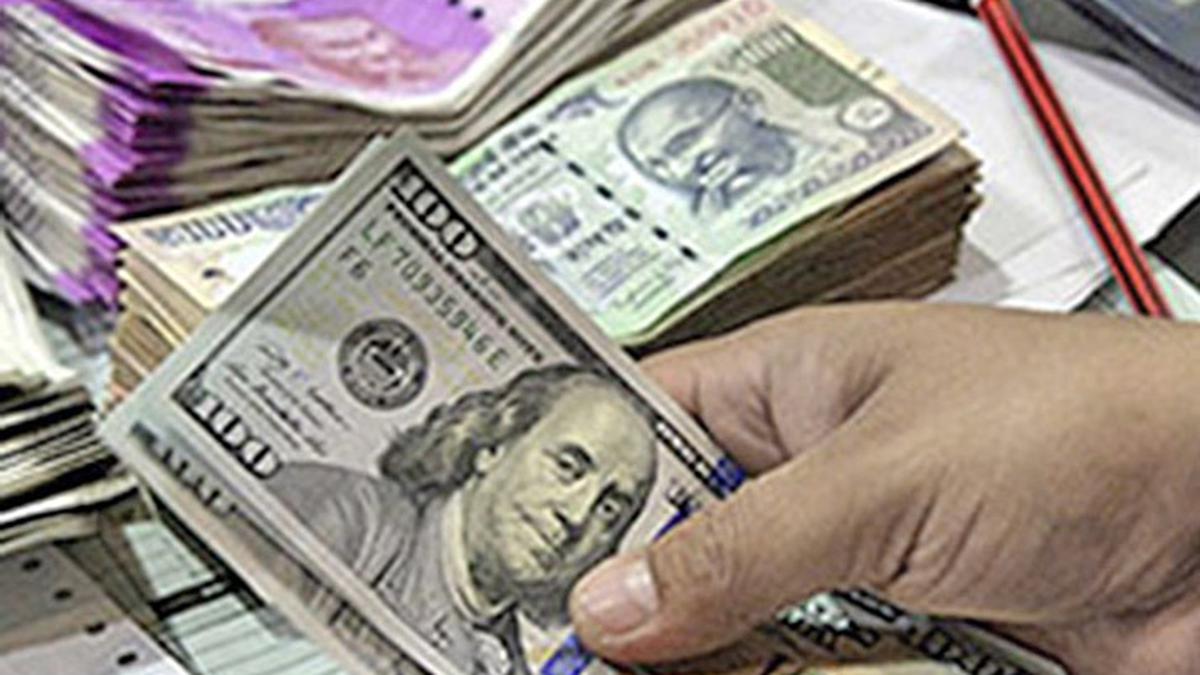
Rupee snaps two-day fall, recovers 6 paise against U.S. dollar
The Hindu
Rupee rises 6 paise to 83.22 against U.S. dollar on positive equity cues. Selling pressure from FIIs, elevated U.S. currency and surging crude oil prices weighed on local unit. Dollar index rose 0.05% to 106.28
The rupee on Wednesday staged a recovery after two days of steep losses to end 6 paise higher at 83.22 (provisional) against the U.S. dollar on positive cues from domestic equity markets.
However, selling pressure from foreign equity investors amid elevated levels of American currency and surging crude oil prices weighed on the local unit, forex traders said.
At the interbank foreign exchange, the domestic unit opened at 83.23 and traded in a narrow range of 83.18 to 83.24 against the greenback. It finally settled at 83.22 (provisional), registering a gain of 6 paise from its previous close.
The rupee lost 34 paise in the past two sessions. It closed 15 paise lower at 83.28 against the dollar on Tuesday, a day after registering a decline of 19 paise.
The downward movement of the rupee was attributed to a strengthening dollar amid a record rise in U.S. Treasury yields. Also, the U.S. dollar surged to a ten-month high level after a Federal Reserve policymaker hinted at a prolonged interest rate hike cycle.
Meanwhile, the dollar index, which gauges the greenback's strength against a basket of six currencies, rose 0.05% to 106.28.
Brent crude futures, the global oil benchmark, were trading 0.87% higher at $94.78 per barrel.

The Union Budget unveiled on February 1, 2025, has come at a time of unprecedented global uncertainty and a flagging domestic economy. The real GDP growth is estimated at 6.4% for 2024-25 and between 6.3-6.8% for 2025-26, a far cry from >8 percent growth required annually to make India a developed nation by 2047. While much attention has been devoted to the demand stimulus through income tax cuts, not enough is said about the proposed reforms in urban development, tariff rationalisation, and regulatory simplification aimed at making Indian cities and corporates more competitive. Since the majority of economic activity is located in cities (urban areas account for ~55% of GDP) and produced by large corporates (~40% of the national output and 55% of India’s exports), the above-mentioned reforms have a pivotal role in improving India’s trend growth rate. Below we unpack each reform.












